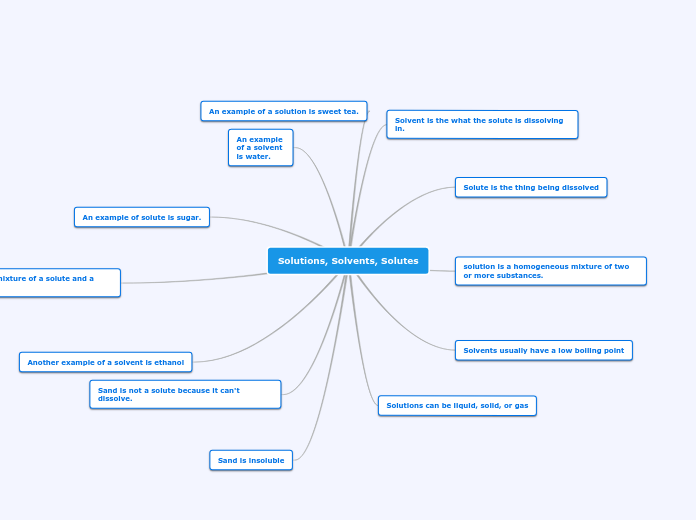Essay Prompt/Question to be answered: What are the principles and practices of collaborative problem solving? Illustrate these ideas using your collaborative problem solving discussion as an example.
Intro/Thesis (save this part for later!)
Section 3 Question: What are the principles and practices of brainstorming possible solutions?Connect to your problem solving session.
Main Point: Once each person's needs have been discussed and acknowledged, the next step is to brainstorm possible solutions to the problem that will satisfy both parties.
once all needs are met you can start brainstorming ideas by just naming as many solutions as possible until something mutually comes up. it’s important in the brainstorming process to not leave anything out and to make as many as possible. The best way to evaluate the possible solutions is to systematically examine the extent to which an idea meets the needs of each party in the conflict.
The main goal of brainstorming is trying to develop a win-win solution which gives both parties what they want. this is different because this is taking in the feelings needs and emotions of the other person instead of creating solutions with the other party. the challenge of finding a common ground is to find the common ground it isn’t something that is always there it is something that needs to be created this could be done by finding as many different solutions to find the best one.
Section 2 Question: What are the principles and practices of understanding the needs of each person?Connect to your problem solving session.
Main Point: After connecting to the humanity of the other, we can begin the process by understanding each persons needs or interests.
Empathetic listening and self assertion. The characteristics of empathetic listening look like asking questions about your partner's needs, not interrupting listening and summarizing their needs and allowing them to correct you while expressing empathy for your partner. Characteristics that are important to follow for self assertion are the use of I statements to express your needs, feelings and interests and to show evidence of times this conflict has come up before. The importance of I statements lets you share your needs and feelings without accusing them of anything. subject to a you statement which more characterizes your partner and could create more conflict.
y
Section 1 Question: What are the principles and practices of connecting to the humanity of the other? Connect to your problem solving session.
Main Point: The first step in collaborative problem solving is to connect to the humanity of the other.
How do you put these ideas into practice?
Being calm is important because you can’t solve conflict if you're not calm because then it will explode into a big deal before you can fix anything. This can be done by breathing and helping the other person get to there point.
What are the relevant principles?
zero sum game me vs you and there is only one winner vs collaborative approach and to move with them to a solution with both people and solve it together. trying to connect to the humanity of the other. They have their own thoughts and feelings and attend to them. And to fill wants and needs. be understanding to someone’s past experiences and understanding how they feel. The difference between compassion and curiosity is to feel for others' suffering and feelings but to understand that we have to be curious to figure these things out. Even when you don’t agree you have to come to an understanding of their idea to help move to an idea. you need courage in conflict to maintain composure and not lash out at your other and to make it through not making a big fight about it.









